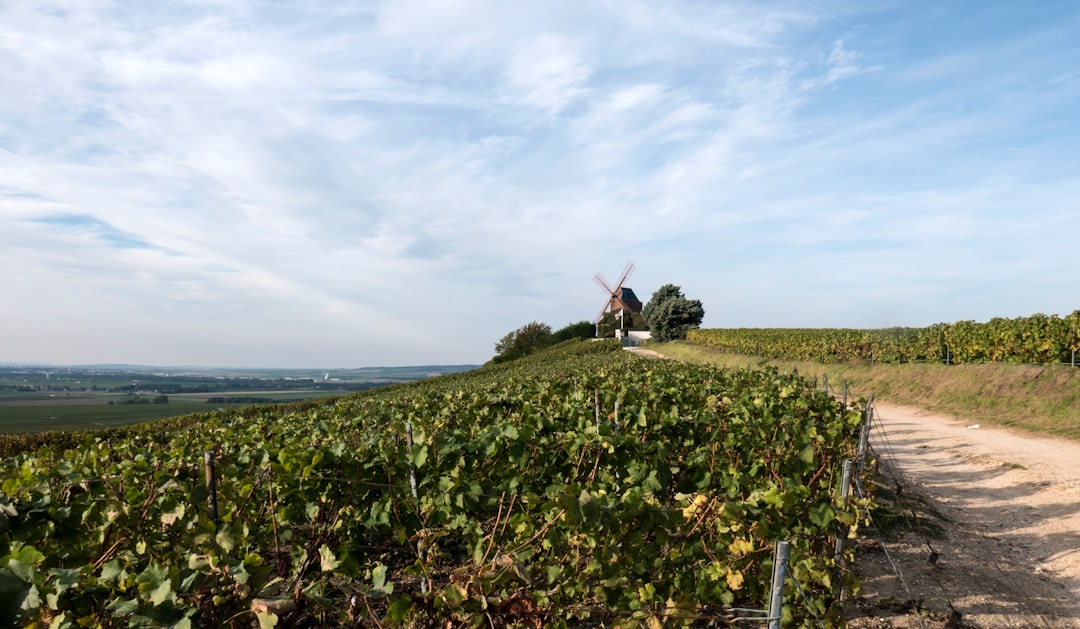The Art and Science of Hedge Pruning: Shaping Nature’s Beauty
Hedge pruning is a delicate art form that combines skill, patience, and an eye for detail. It is the process of carefully trimming and shaping hedges to create aesthetically pleasing and well-maintained landscapes. While it may seem like a simple task, hedge pruning requires a deep understanding of plant growth patterns, as well as the ability to envision the desired shape and structure of the hedge.
One of the key benefits of hedge pruning is the ability to control the growth of the hedge and maintain its health. By selectively removing branches and foliage, a skilled pruner can promote healthy growth, improve air circulation, and prevent disease. Proper pruning also encourages dense foliage and promotes flowering, enhancing the overall appearance of the hedge.
There are several different techniques used in hedge pruning, each serving a specific purpose. One common method is shearing, which involves using hedge trimmers to create a uniform shape. Shearing is often used to maintain formal hedges with straight edges and smooth surfaces. Thinning, on the other hand, involves selectively removing branches to open up the interior of the hedge, allowing light to penetrate and promoting new growth.
When approaching a hedge pruning project, it is important to consider the specific needs of the plant species. Different types of hedges require different pruning techniques and timing. For example, evergreen hedges may need to be pruned in early spring before new growth begins, while deciduous hedges can be pruned in late winter or early spring while they are still dormant.
In addition to the aesthetic benefits, hedge pruning also plays a crucial role in maintaining the overall health of the landscape. Well-maintained hedges can provide privacy, reduce noise pollution, and act as windbreaks, creating a more enjoyable outdoor environment. Regular pruning also helps prevent overgrowth, which can lead to pest infestations and structural damage.
While hedge pruning can be a rewarding and meditative activity, it is important to approach it with care and respect for the plants. Over-pruning or using incorrect techniques can harm the hedge and compromise its health. If you are unsure about how to properly prune your hedges, it is best to consult with a professional arborist or landscaper who can provide guidance and ensure the long-term health and beauty of your hedges.
In conclusion, hedge pruning is much more than just a routine gardening task – it is an art form that requires skill, knowledge, and passion. By mastering the techniques of hedge pruning and understanding the needs of your plants, you can transform your hedges into stunning works of living art that enhance the beauty and functionality of your outdoor space.

